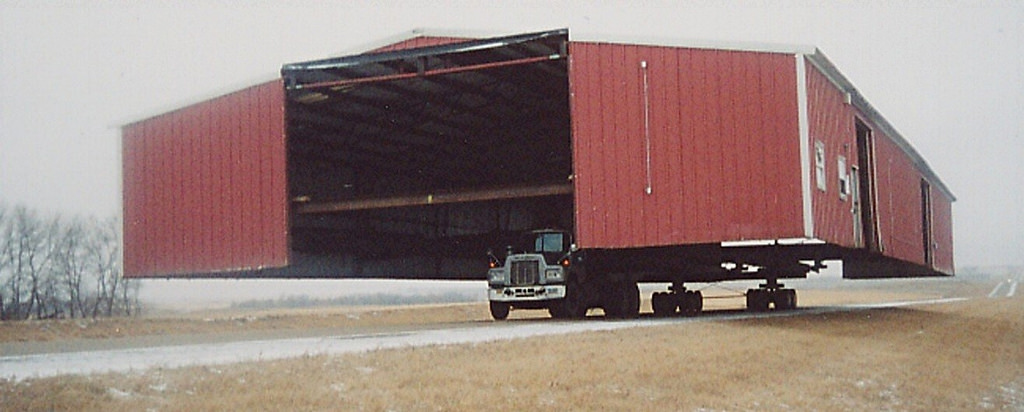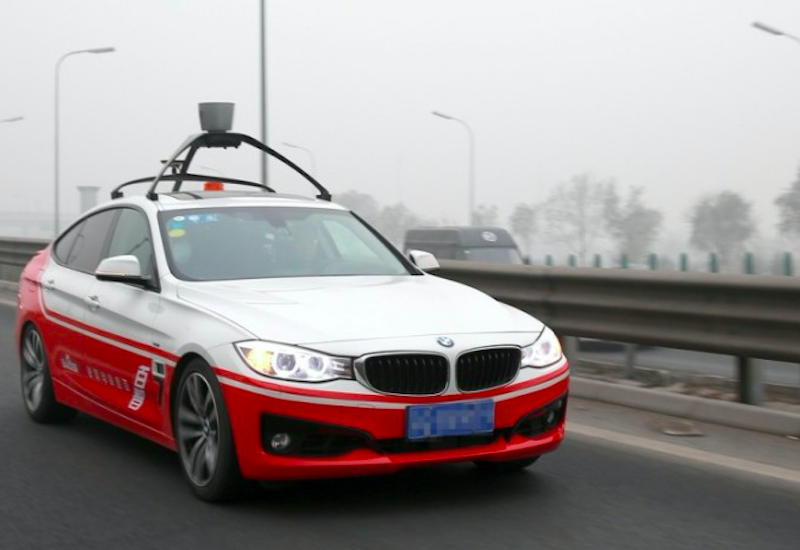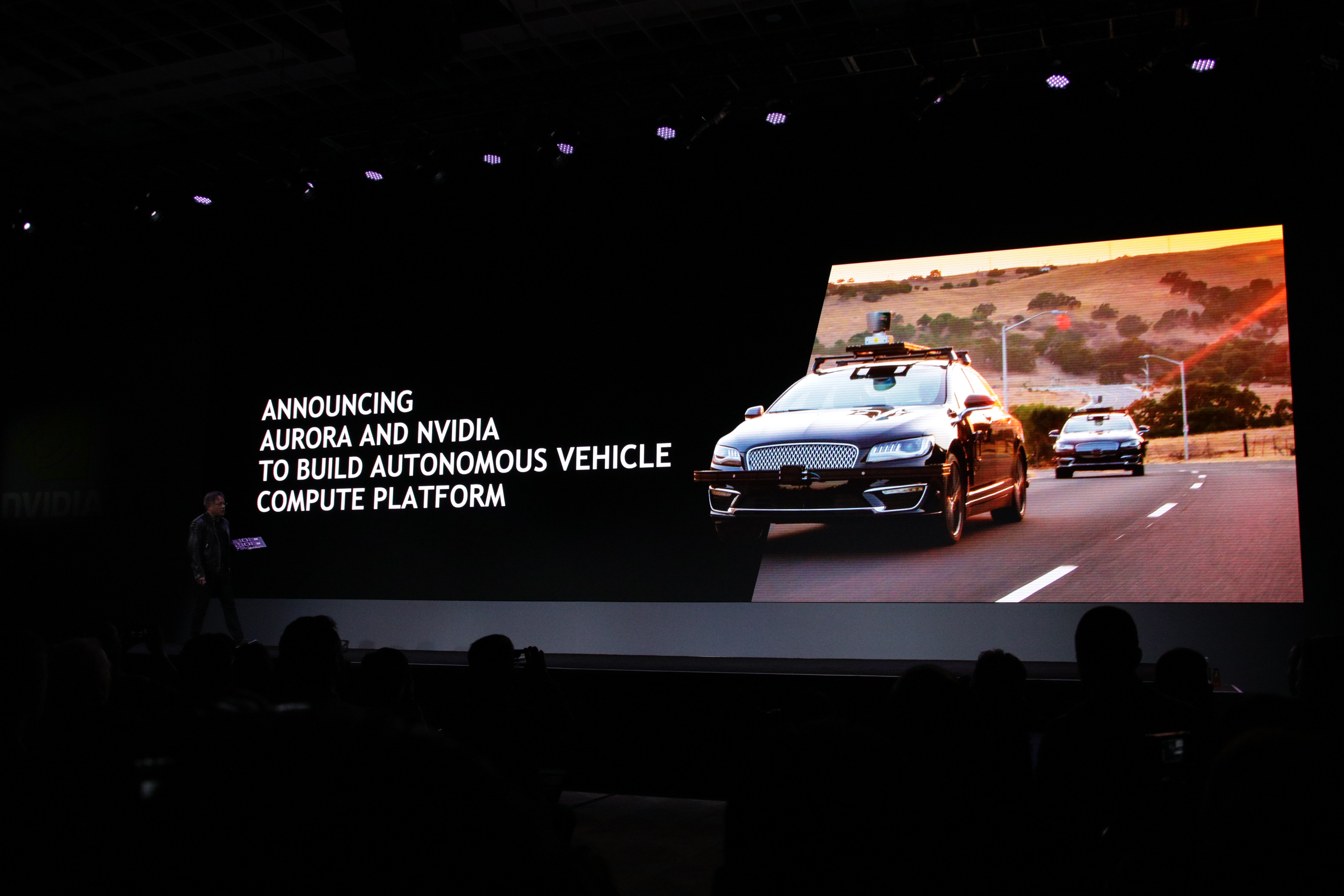Self-driving cars and shipping containers

The most wonderful and most terrible things about new technologies are their emergent properties. The latest example is, of course, Fake News On Facebook; who would have thought that connecting everyone via social media would lead to wildly divergent narratives of (so-called) reality? And yet here we are. But if you think social media is messy and weird … just wait until we get self-driving cars.
This isn’t a non sequitur, I promise: you can now buy an entire house from Amazon.com for $36,000, plus shipping. ($3,750 to California, apparently. Not eligible for Amazon Prime.) It’s a one-bedroom abode which started life as a (brand-new) shipping container, but it has a shower, sink, toilet, appliances, and kitchenette, all hooked up to to external sewer, electric, and water connections. Luxury it’s not, but it’s yours for less than I pay in rent every year in San Francisco.
I’ve long wondered why SF and NYC don’t have Tokyo-style capsule hotels. It turns out those were banned in San Francisco in — wait for it — 1909, on the grounds of fire safety. Then came zoning and mandatory off-street parking rules, which still persist. And the battle over California’s ongoing housing crises rages, as the well-off in low-density, high-value regions across the state (and, really, the nation) battle the evil YIMBY forces who wish to turn American cities into unlivable dystopias like … er … those well-known metropolitan hellscapes Tokyo, Barcelona, and Paris.
But as desirable as such a fate might be, I can’t help but wonder if at least a cohort of Californians, and others in nations with good roads, might over the next decade or so leapfrog housing reform, which after all moves at the speed of molasses, into a far more interesting emergent form of accommodations: self-driving houses. How hard is it to put wheels and a Tesla motor on shipping-container houses, add a few storage tanks, and just drift from place to place, hooking up for water / sewage / electricity as and when needed?
Heck, you don’t even need to park. Just hop out wherever and whenever you need to, and have it loop around until it needs to come back to you. The public streets are free to use, after all, right? And if Superchargers stay free, I mean, why not form roving bands of loose-knit nomadic communities that constantly roam the world, working from their self-driving homes, stopping wherever looks interesting? Unless we make every road a toll road. Who knows, we might have to.
Even then, though — if you’re going to have self-driving houses, why not have self-driving offices, too? Rent a WeWork Wheels and your whole team can go to L.A. for an offsite weekend, while spending Friday and Monday working on Highway 5. Unless everyone has the same idea, and Highway 5 is a parking lot, not least because of the pesky human drivers who insist on using their feeble brains and hands to drive, getting in the way and slowing everyone else down by an order of magnitude. Only the rich can afford that kind of insurance, of course. They ought to be banned.
I’m — obviously — just spitballing here. Emergent properties are, by their nature, essentially unpredictable unless your name is William Gibson. But I do think that once self-driving technology hits a certain tipping point, it will cause us — or at least a sizable cohort of us — to re-evaluate a lot of the fundamentals of modern society which are so essential that we rarely even think about them any more, much less question how different the world would be if they were upended. And self-driving won’t be the only transformative technology coming online over the next decade or two. Interesting times, indeed.
Featured Image: Loco Steve/Flickr UNDER A CC BY 2.0 LICENSE
Published at Sun, 15 Oct 2017 13:00:45 +0000




